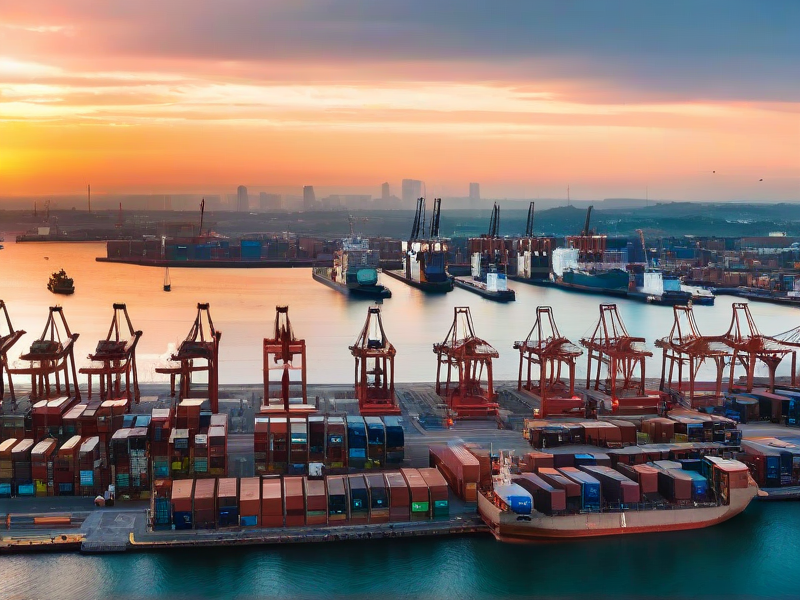India, as one of the largest countries on the South Asian subcontinent, the logistics industry in India has not only made a huge contribution to the country’s economic growth but also plays a vital role in the international trade that connects South Asia with the rest of the world.

India’s Logistics Network: Spanning South Asia
India is endowed with a vast and diverse geographical and demographic resource base, which makes it one of the most important economies in the South Asian region. To support both domestic and international trade, India has invested in a diverse range of logistics infrastructure, including ports, highways, railways, airports, and warehousing facilities. The continuous improvement of these infrastructure facilities enables India to connect efficiently with the South Asian region and the rest of the world.
Key Advantages of India’s Cross-border Logistics
Diversity of Various Modes of Transportation: India offers a variety of transportation modes, including road, rail, air, and sea freight, to meet the transportation needs of different types of goods. This enables India to efficiently transport goods to destinations both at home and abroad.
Growth of Cross-border Trade: India plays a crucial role in international trade, and its trade with regions such as the United States, Europe, and Southeast Asia has been continuously growing. This presents huge opportunities for India’s logistics industry.
Digitalization and Smart Logistics: The Indian logistics industry is constantly introducing digital technologies and smart logistics solutions to improve efficiency, visibility, and security. This helps to meet the demands of modern supply chains.
Freight Forwarding and Consolidation Services: Freight forwarding and consolidation service providers in India offer significant support to international enterprises, assisting them in managing and optimizing their supply chains.
Future Development Trends of India’s Cross-border Logistics
In the future, India’s logistics and transportation industry will continue to face both challenges and opportunities. The following are some possible development trends:
Sustainable Logistics: The Indian government and enterprises will increase their investment in sustainable logistics solutions to reduce the environmental impact.
International Cooperation: India will actively promote cross-border cooperation with its neighboring countries to boost the growth of international trade.
The express delivery industry in India will continue to serve as an important link connecting South Asia with the rest of the world. With its diverse transportation modes, digital transformation efforts, and vision for sustainable development, it will provide global enterprises with a broader market and a more efficient supply chain.




 24-hour Online Customer Service
24-hour Online Customer Service Get a quote immediately
Get a quote immediately Xycargo International Freight Forwarding Company
Xycargo International Freight Forwarding Company 



